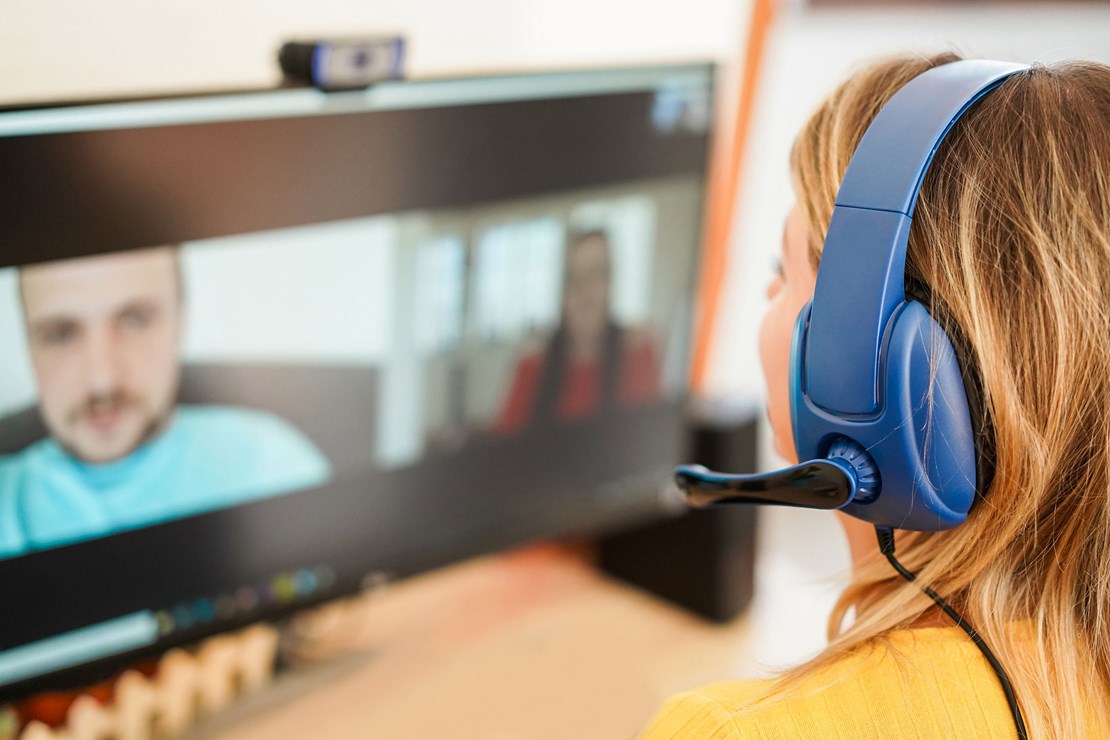One of the greatest strengths of our NHS is its ability to innovate. New digital solutions designed to improve care are being introduced all the time, and the drive to continuously improve quality, efficiency and patient outcomes runs right through our health and care system.
But that doesn’t mean that changes in practice and intended improvements automatically follow suit. We tend to be less good at implementing innovation in a way that optimises long term meaningful adoption or supports individuals through the cycle of change, inevitably limiting the positive impact of some schemes. Time saving technology, for example, can only save time and leverage value once people know how to use it and commit to doing so.
The need for training
Insightful, inclusive training which encourages participation, explains context and provides clarity on anticipated benefits is key to a successful innovation process. However, it must not be done with a one-size-fits-all approach. We must ensure that we deliver role-based training in a way that is meaningful to individuals, whether they’re a clinical consultant, a hospital receptionist or a waiting list administrator. Rather than being a ‘nice to do’, this approach needs to become a ‘must do’ if we are to realise the true benefits of digitisation.
Understanding the barriers
It's easy to dismiss a reluctance to change as a simple unwillingness to alter established, comfortable ways of working. But we have found, it is usually borne out of a combination of fear of the unknown, lack of time to learn something new, previous experience of revolutionary change that fell short and, most importantly, a fundamental desire to spend more time treating patients. For the clinician, new digital solutions can feel like another thing for the to do list rather than a way to release more time for direct patient care.
These are not imaginary barriers - but they can and are being successfully addressed. In our experience, there are three interlinked elements to tackling this:
- Adopting an evolutionary rather than revolutionary approach
- Demonstrating value - answering the 'what's in it for me?' question
- Recognising that the approach to change may need to be adapted to suit individual roles and needs.
Evolution not revolution: How many of us are familiar with 'go live' dates and absolute switchover deadlines? The inherent implication here is that the change is 'all or nothing' and the process is being ‘done to’ recipients, rather than ‘done with’. While there will be some elements that require definitive change dates, taking the time to understand what that means for each role can make the difference between identifying early tweaks that will make a significant difference to a user's experience, versus implementing a fait accompli that fails to address the specific requirements of a team or individual. Evolutionary change can be less daunting and easier to accomplish alongside day-to-day pressures.
Demonstrating value: When people are so stretched, how do they make time for training? Why should they prioritise a new way of working over established process? We need to be able to demonstrate what’s in it for them, whether that's freeing up time to spend with patients, reducing manual tasks or duplication of effort, or explaining why their involvement matters. We have found, for example, that showing admin teams that the data they input is the same data their chief executive uses to manage parts of the organisation helps to demonstrate the inherent value of their input and its ultimate impact in improving patient care.
Tailored implementation: We have seen considerable success from taking the time to tailor training for each user group, whether they are an office manager, administrator, secretary or consultant. A 25-page slide deck designed to implement a new software solution might be stripped back to three crucial slides for clinical consultants or split into a mix of laminated sheets and sticky note prompts for admin teams. It's about understanding what works for each role and working with them to deliver training that enables them to play their part in achieving change. These three elements are inextricably linked and, combined with NHS Arden & GEM’s knowledge of national policy, system interdependencies and operational pressures, inform our agile approach to training.
As part of the national strategy to use digital tools to improve elective care workflow, we supported NHS England to implement their care coordination solution (CCS). We provided training for 15 acute trusts to help ensure the CCS would be used effectively and the intended outcomes realised. Our starting point was understanding the specific workflows, structures and roles within each organisation before developing a training plan which was aligned to each user role. Using bespoke materials and a flexible approach, including face-to-face, pre-recorded and live remote training, as well as onsite implementation support, we were able to deliver the knowledge, guidance and confidence required to deploy the solution, mindful of the skills, capacity and needs of the individuals we engaged with.
People, processes and technology
In a health system of this size and complexity, the NHS cannot improve by people alone. Passion, skills and enthusiasm need to be matched with processes, procedures and technology which allow good ideas to be replicated and scaled so that benefits are delivered faster, become embedded with minimal disruption and safeguard sustainability of the NHS. Simply layering change upon change without appropriate participation, engagement, support and review can impact motivation, long-term adoption and ultimately staff retention. It can also lead to a flurry of workarounds - when we don't understand how something works, we'll find a way around it to achieve what we need, and before you know it, you have multiple ways of doing things instead of clear, transparent processes which everyone can follow. Participative training limits this risk by giving everyone a voice in the development of innovation.
The way we approach training at NHS Arden & GEM builds in the opportunity to capture feedback as we go and tweak solutions to suit role-based learning styles where possible. That could be as simple as adding a function or changing where a button appears because it makes sense to the workflow for that team. It means the software becomes more intuitive and the team feel more engaged in the change.
It's also essential to consider where the gaps lie within new technology, even if they may be on the periphery of a new workflow. For example, when an outpatient receptionist seeks to book a follow up appointment using new software and finds multiple choices to the nature of the follow up, an incorrect selection can lead to delay, complication and duplication. But have they been given the appropriate training and support to inform that selection? Do they understand the importance of that initial step? This will become more crucial as we rely more heavily on clinical decision support tools, artificial intelligence and machine learning.
Taking time to consider and support the training needs of everyone with a role in implementing innovation gives us the best chance to reap the rewards, improve efficiency and ultimately provide better quality care.
This blog was written for National Health Executive.

